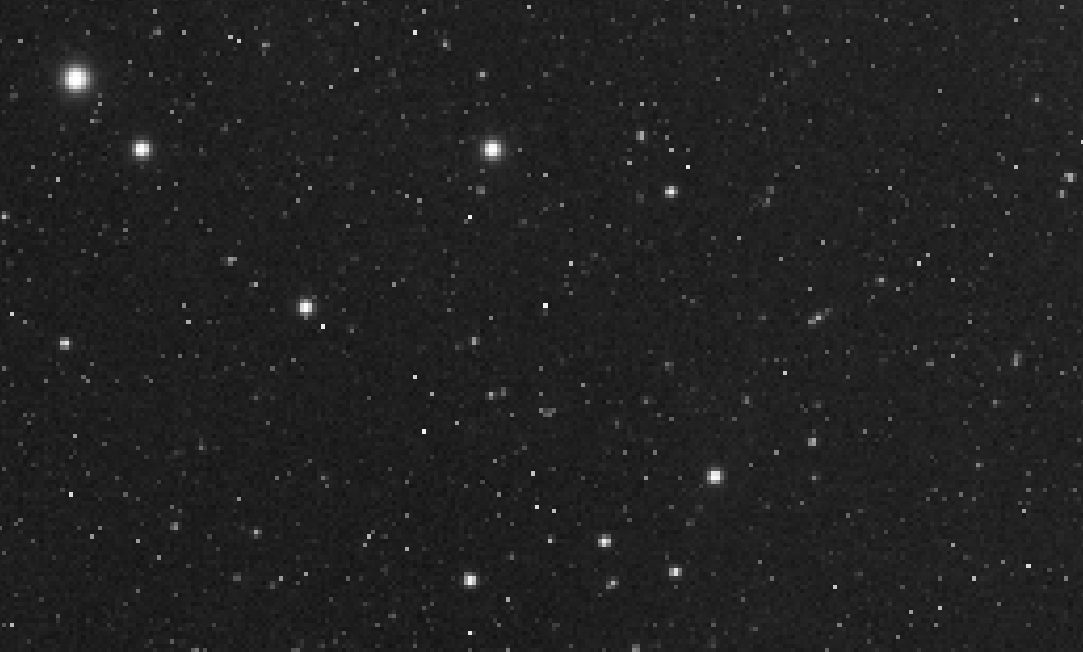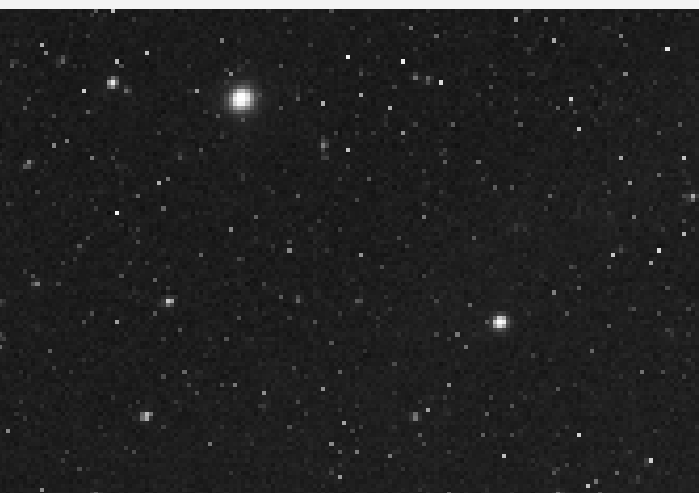Brian Carter:
William:
Brian Carter:
I have the same scope, different reducer/flattener. I might consider getting one of yours, your stars don't look too awful. Mine look almost like little crosses in the corner of my APS-C sensor. If you download NINA, there is a tool that will assess your spacing and tell you if you have any tilt problems. It is free and it'll introduce you to the joys of NINA.
I have run this analysis on mine, and I've messed with spacers until I'm satisfied that it is perfect, but those corners are still not perfect. In my case, I've come to see that my reducer-flattener is only a little bit good as a flattener. I am shopping around for a replacement , but in the meantime I have found that using some of the sharpening tools, BlurXterminator or Cosmic Clarity (Seti Astro) will clean up that last little bit that my flattener cannot. My final images are pinpoint to the edges.
I would still rather my gear produce a perfectly flat field. But in the meantime, my images aren't ruined and I don't have to crop my expensive large field.
Can I ask which corrector you're using? That should probably not be happening.
https://starfieldoptics.com/reducers, the 0.8 variety. Any ideas of something better? Not the 3" ES one, I just can't stomach giving them any more money.
Thats actually a bit surprising to me. It sounds like you are in a similar position to me, where I didnt get exactly perfect stars in every corner, but I think the result is totally acceptable and I can live with the remaining issues. They are likely due to tilt anyway in my case.
But I am surprised to see that happen because a 0.8x reducer should be more forgiving than the 0.7. It might have something to do with their dual purpose design as a flattener. It is possible that this config makes adapting it to the widest range of scopes more difficult, but that is a total hypothesis with absolutely no evidence to support.
That said, I've done a lot of homework on FF and FFRs, and there are a few that not only have a high reputation, but are known for being full frame compatible. They are pricey, but I believe that they can basically be adapted to any telescope that is between 80-180mm f6-f8 - but will require you to find the correct backspacing. Any changes in both aperture or f/number will impact the amount of backspacing you need. But you can figure that out.
If you are looking at a new FF, I would suggest considering the SVX line from Stellarvue. They are marketed towards SVX scopes, but they work with any of their scopes from 80-180mm so logic tells me that any other scope that falls in that range will also be adaptable. They give guidance on backspacing depending on the model, and you can use that for a starting point to find your ACTUAL optimal backspacing. The
SFFX1and
SFFX3are both full frame compatible. They are working on an inhouse reducer too that will work exactly the same, also FF compatible. It is not out yet. The ones on their page right now are not inhouse. I can't vouch but they also are probably fine.
If you intend on a reducer, I'd wait for their inhouse one to be done though. Should be any week now.
Other FFs that have been suggested are TEC's Field Flattener, which is $1,000, and another being actually
WO's Flat68.
What I really love about the SFFX1 & 3 is the fact that it uses something like 100MM of backspacing in general (it varies, again your aperture and fstop will ultimately determine your true ideal backfocus). Not only does this allow for an extremely high degree of flexibility when it comes to adapting it to many scopes, but also it allows for special combinations of accessories together: like a rotator, oag, and filter wheel all together at the same time, behind the corrector. This is not an easy thing to do, and is impossible on 55mm setups without using a special rotating microfocuser or putting the rotator on the other side of the corrector. Literally not possible. So this flattener is not only FF, not only high quality, not only adaptable, but also allows for these unique combos of accessories, so that's why it is VERY high on my list. I've already confirmed with Vic that their inhouse reducers will function exactly the same way. Any time you reduce, it makes your backfocus being right more critical/sensitive. That is likely why our 0.7x reducers are so touchy and difficult to get right.
That said, you can find that 0.7x reducer from ES for $250-300 used. I've never seen the Stellarvue sold used. New for new though, I think I'd pick the SV for sure.
Finding your BF point will not be that hard. Connect to NINA, run abberation inspector, and it'll tell you what to do from there. It runs autofocuses, measures the stars for error and tilt, and then provides an easy to read report. Enjoy!

